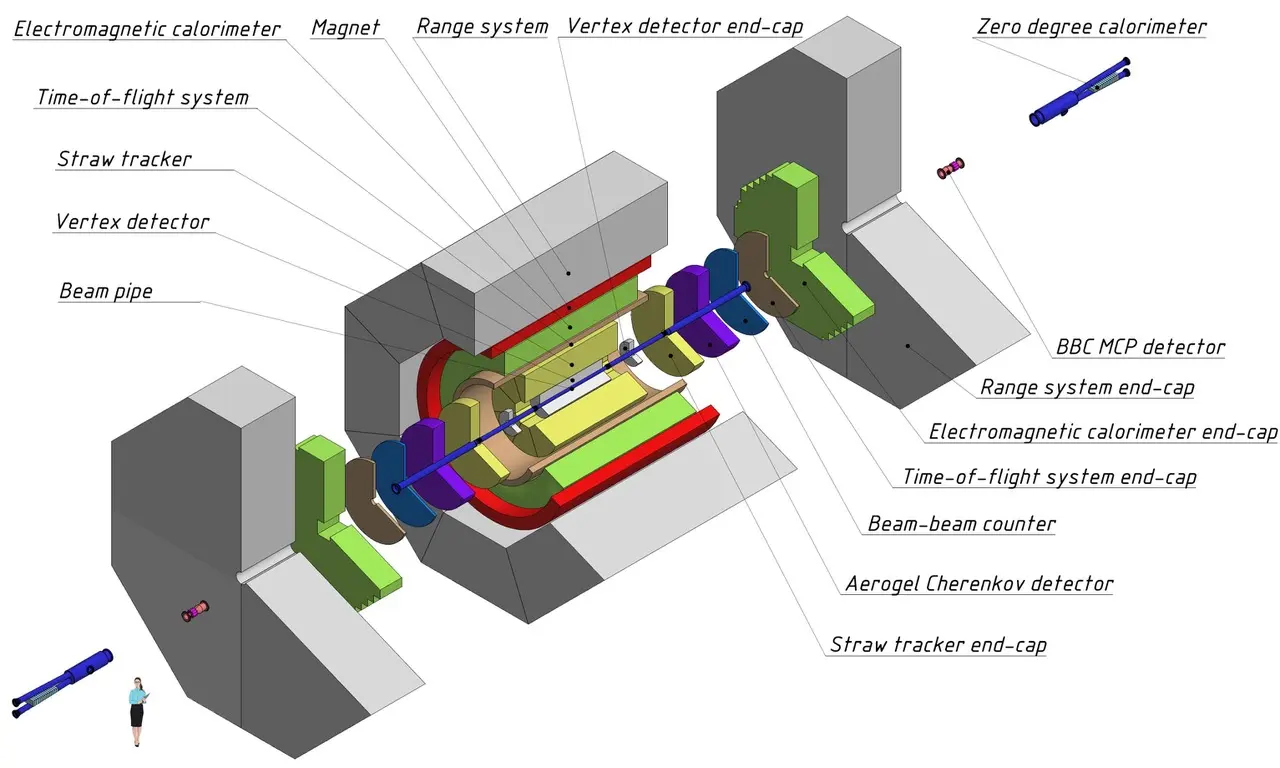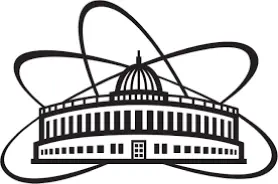

What is the Spin Physics Detector?
The Spin Physics Detector (SPD) collaboration proposes to install a universal detector in the second interaction points of the Nuclotron-based Ion Collider fAcility (NICA) that is under construction at the Joint Institute for Nuclear Research (Dubna) to study the spin structure of the proton and deuteron and the other spin-related phenomena with polarized proton and deuteron beams at a collision energy up to 27 GeV and luminosity up to 1032 cm−2 s−1.
In the polarized proton-proton collisions, the SPD experiment at NICA will cover the kinematic gap between the low-energy measurements at ANKE-COSY and SATURNE and the high-energy measurements at the Relativistic Heavy Ion Collider, as well as the planned fixed-target experiments at the LHC.
The possibility for NICA to operate with polarized deuteron beams at such energies is unique.
The SPD is planned to operate as a universal facility for comprehensive study of the unpolarized and polarized gluon content of the nucleon at large Bjorken-x, using different complementary probes such as: charmonia, open charm and prompt photon production processes. The experiment aims to provide access to the gluon helicity, gluon Sivers and Boer-Mulders PDFs in the nucleon, as well as the gluon transversity distribution tensor PDFs in the deuteron, via the measurement of specific single and double spin asymmetries.
Polarized quark PDFs and fragmentation functions can be accessed via the production of high-pT hadrons. The results expected to be obtained by the SPD will play an important role in the general understanding of the nucleon content and will serve as a complementary input to the ongoing and planned studies at RHIC, and future measurements at the EIC (BNL) and fixed-target facilities at the LHC (CERN).
Simultaneous measurement of the same quantities using different processes at the same experimental setup is of key importance for minimisation of possible systematic effects. Other polarized and unpolarized physics is possible especially at the first stage of NICA operation with reduced luminosity and collision energy of proton and ion beams.

Alexey Guskov
Co-Spokesman
Deputy Director of the Dzhelepov Laboratory of Nuclear Problems, JINR Project Leader

Victor Kim
Co-Spokesman
Deputy Head of High Energy Physics Division, NRC KI - PNPI, Gatchina
Some statistics about SPD collaboration
MORE THAN400
members
MORE THAN160
publications
MORE THAN10
COUNTRIES
 Joint Institute for Nuclear Research
Joint Institute for Nuclear Research